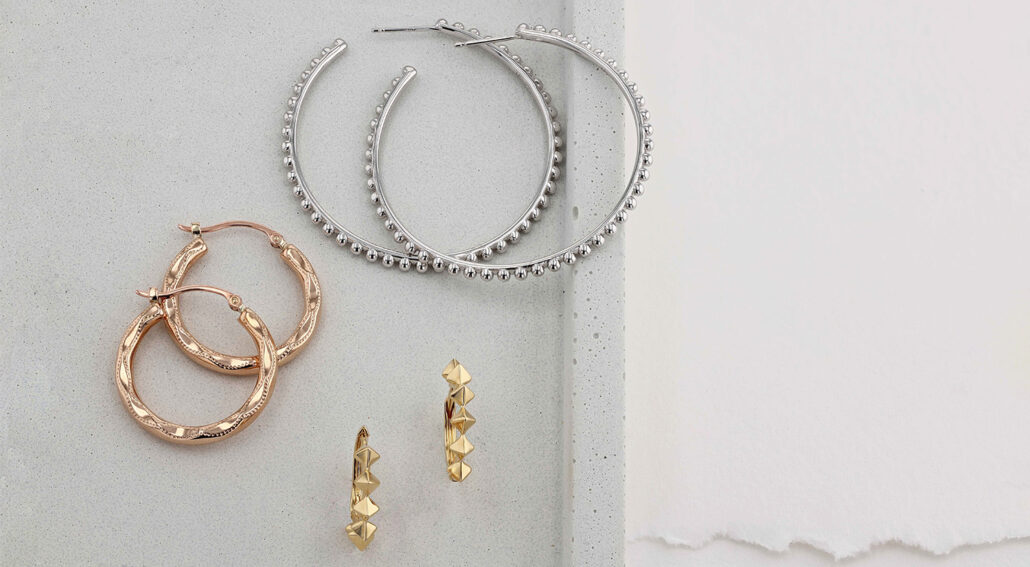They say, “All that glitters is not gold.” On that same token, all that glitters is not the same kind of gold. There are many different types of gold jewelry, and it can vary based on a wide variety of factors – from the metals it includes to the way it’s made. We’ve broken down some of the essential factors you need to know before purchasing your next piece of gold jewelry.
Colors of Gold Jewelry
Gold jewelry is remarkably versatile and is available in a variety of gorgeous hues. Although naturally occurring as yellow gold, it can also be mixed with different alloys to create other gold colors.
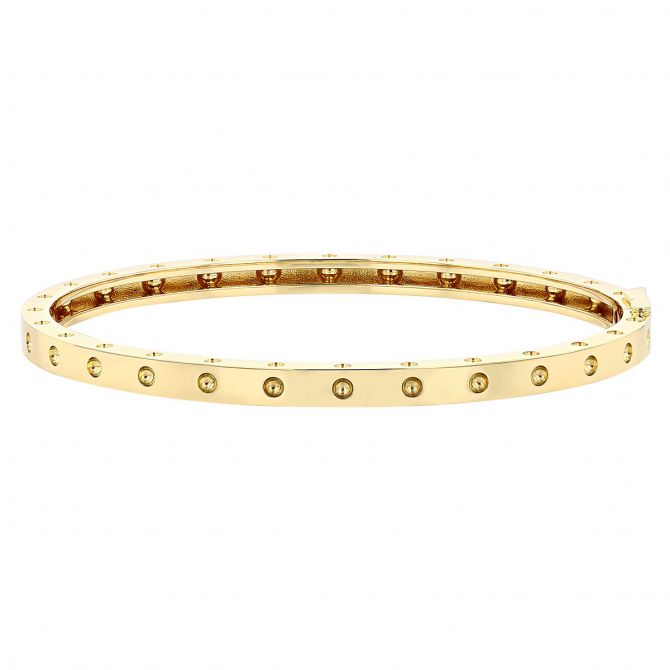
Yellow Gold
Yellow gold is gold in its original, naturally occurring golden color. When used for jewelry, it is often mixed with sterling silver, copper, and zinc to give it added strength and durability.
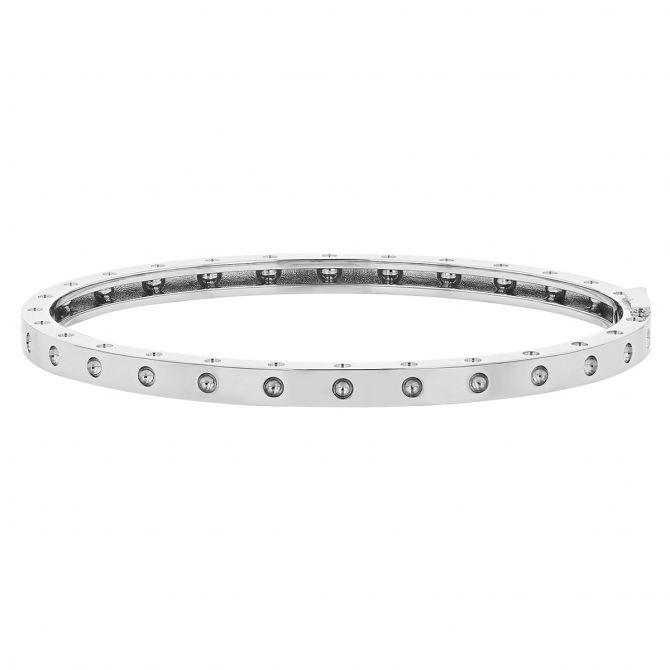
White Gold
White gold is created from yellow gold that is alloyed with nickel or palladium and zinc. An alternative to platinum, white gold gets its bright, silvery-white finish from Rhodium plating. Rhodium is a shiny, white metal that is extremely hard, but it may wear off over time, requiring the jewelry to be re-plated.
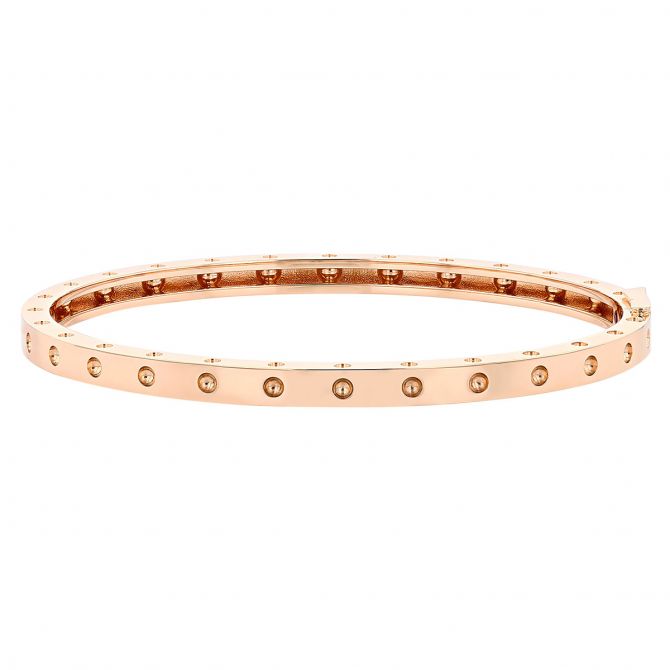
Rose Gold
Rose gold, also referred to as pink gold, is created when pure gold is combined with copper alloys. The copper helps strengthen the metal and provides its signature pink hue.
Different Karats of Gold
To understand the different karats of gold, it helps to understand what a karat is in the first place. A gold karat is 1/24 part (4.1667%) of the whole. We measure a gold alloy’s purity based on the number of these parts it contains. At 24k, pure gold is too soft to wear as jewelry, so it must be mixed with other metals to make it wearable and durable. This mixing, or alloying, results in a variety of karat levels. Lower karat jewelry is typically less expensive because it contains less gold but is harder and thus more durable.
What is 14 karat gold?
14k solid gold contains 14 parts gold (58.3%) and 10 parts alloys (41.7%). Due to its strength, 14k gold is considered the most wearable type of gold.
What is 18 karat gold?
Higher-quality 18k solid gold contains 18 parts gold (75%), and 6 parts alloys (25%).
What is 24 karat gold?
24k gold is completely pure, with no alloys added. 24k gold is very soft and therefore is not recommended for everyday wear.
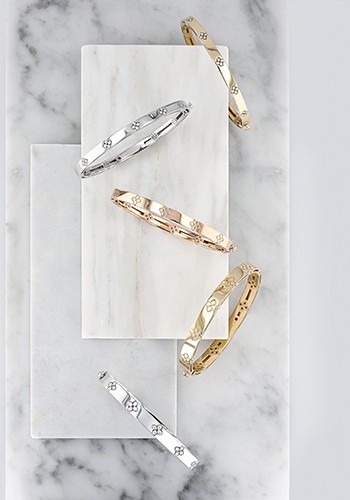
Types of Gold Jewelry
While different pieces of gold jewelry might appear similar on the surface, they can vary significantly in quality and cost, depending on the process used to make them.
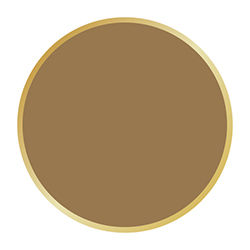
Gold Plated
Typically the lowest cost option, gold plated jewelry is made of a base metal like brass or copper that is covered in a thin layer of gold (0.05% gold or less). The gold layer on gold plated jewelry may fade or tarnish over time.

Gold-Filled
Higher-quality gold-filled jewelry is made from a base like a jeweler’s brass, with a solid layer of gold that has been mechanically bonded to that base. Gold-filled jewelry features nearly 100 times more gold than gold-plated jewelry, and because of the mechanical bonding process, the gold won’t rub off.
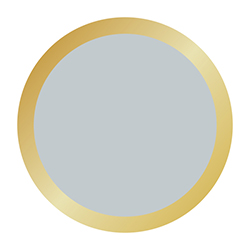
Gold Vermeil
Pronounced “ver-may,” gold vermeil jewelry consists of a sterling silver base covered in thick gold plating. Like gold-filled jewelry, it’s higher quality and more durable than gold-plated jewelry. True vermeil includes 2.5 microns of gold. A key difference between gold vermeil and gold-filled jewelry is how they are manufactured. Gold vermeil uses an electroplating process, whereas gold-filled uses a pressure and heat bonding process.

Solid Gold
Solid gold is just that – a piece of jewelry made entirely of gold with no base metal. It comes in various karats (discussed above), with higher-karat jewelry corresponding with higher quality, purity and cost.
If you need help picking out the perfect piece of jewelry, one of our experts would be happy to assist you. Stop into our store or text or call 402.391.0400 during store hours to speak with one of our friendly and knowledgeable sales associates.
